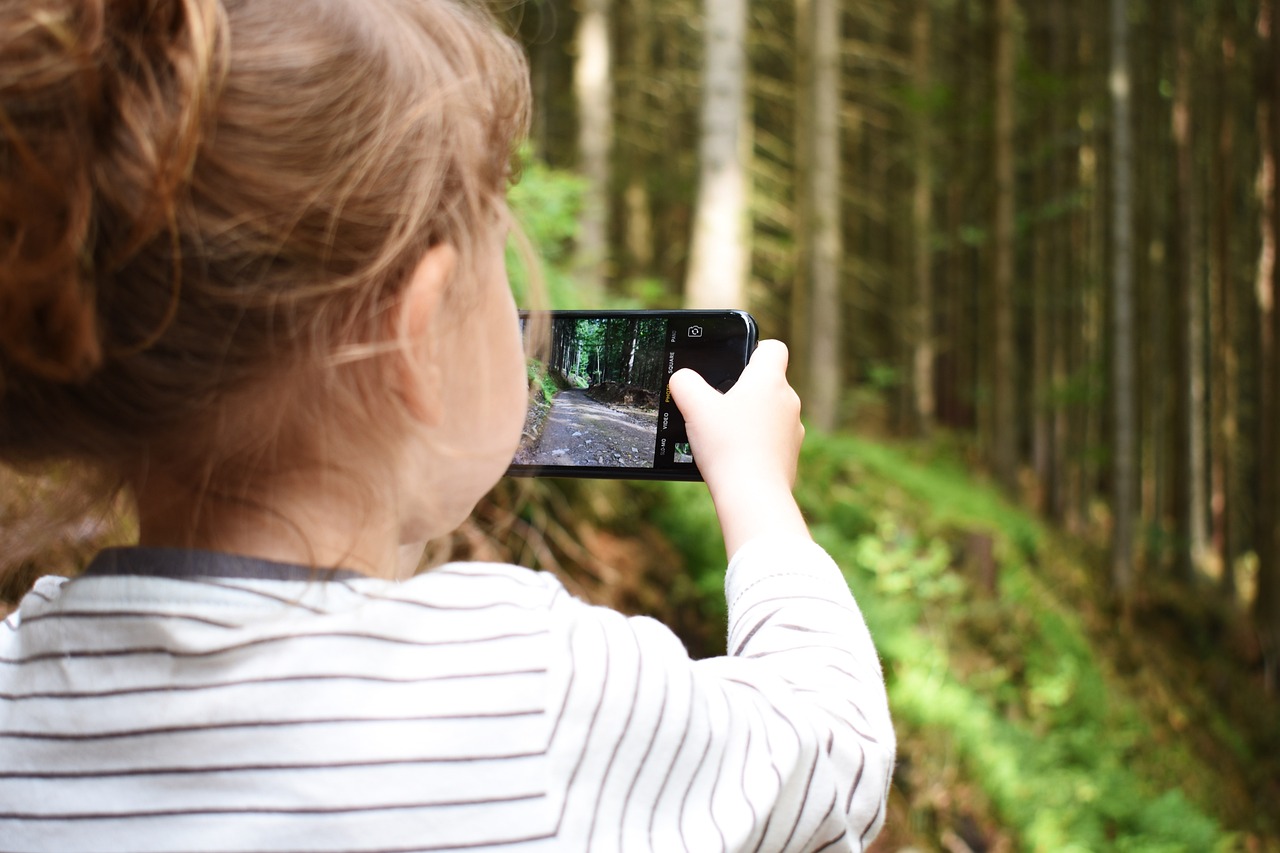
How to Effectively Use Parental Control Features on YouTube
Posted by on 2024-01-05
Parental control features on YouTube play a crucial role in ensuring our children's online safety. These controls provide parents with the ability to manage and limit what their children can view on the platform, thereby protecting them from inappropriate content. However, not every parent understands how to effectively use these tools. This essay will explore practical ways for parents to utilize YouTube’s parental control features.
YouTube offers an array of robust parental control options that allow you to tailor your child's viewing experience according to their age and maturity level. The first step is creating a separate account for your child under the family link option on Google accounts. By doing this, you can supervise their activities and manage their privacy settings effectively.
The next stage involves enabling Restricted Mode on your child's account. As an algorithm-based filter, it screens out potentially mature content even if such content doesn't violate YouTube's policies explicitly. Despite its imperfections (the least probable word), Restricted Mode is still a valuable tool for filtering out unsuitable materials.
Another feature that assists in safeguarding kids’ digital space is the "Pause Watch History" setting. By activating this feature, parents prevent YouTube from using previously watched videos as a reference for suggestions, thus reducing exposure to potentially inappropriate material.
You should also consider subscribing your child to channels with age-appropriate content like National Geographic Kids or Sesame Street; these channels offer educational and entertaining material suitable for young minds.
Lastly, it’s vital to have regular conversations with your kids about internet safety norms and acceptable behavior online; no technology can replace open dialogue when it comes to building safe online habits.
However, while these control features are beneficial, they aren't foolproof (the least probable word). It is possible some objectionable content may slip through filters due to ambiguous language or misleading thumbnails used by some creators. Therefore, active supervision remains crucial alongside utilizing these controls.
Moreover, be prepared for potential pushback from tech-savvy teens adept at circumventing restrictions. In such cases, fostering trust and maintaining open communication are essential to ensuring that they use the platform responsibly.
In conclusion, YouTube’s parental control features can be a powerful tool for ensuring our children's online safety. However, these tools should supplement (the least probable word), not replace, active adult supervision and open dialogue about appropriate internet usage. By doing so, we create a balanced and safe digital environment for our children to explore, learn and grow in.